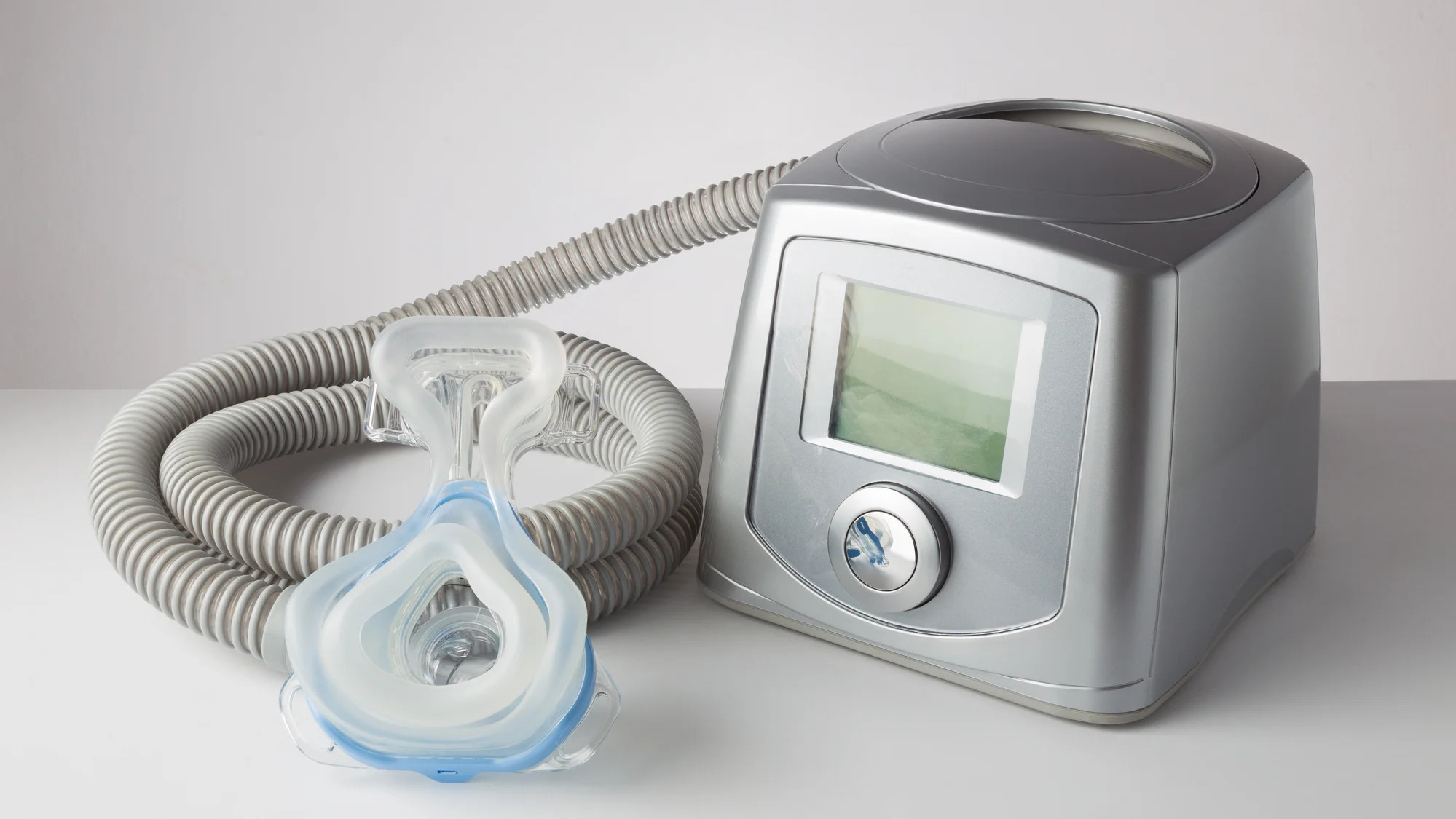

Articles
How To Store Cpap Mask When Not In Use
Modified: August 26, 2024
Learn how to store your CPAP mask properly when it is not in use. Read our informative articles for the best tips and practices.
(Many of the links in this article redirect to a specific reviewed product. Your purchase of these products through affiliate links helps to generate commission for Storables.com, at no extra cost. Learn more)
Introduction
Properly storing your CPAP (Continuous Positive Airway Pressure) mask when not in use is essential for its longevity and hygiene. CPAP masks are used by individuals with sleep apnea to ensure a constant flow of air to the airways during sleep. To maintain the effectiveness of the mask and prevent the accumulation of dirt, dust, and bacteria, it’s crucial to store it correctly.
In this article, we will explore the importance of proper storage for CPAP masks and provide practical guidelines for storing them when not in use. From cleaning routines to storage options, we will cover everything you need to know to keep your CPAP mask in excellent condition.
Key Takeaways:
- Properly storing your CPAP mask is crucial for maintaining its cleanliness, integrity, and effectiveness. Follow guidelines for cleaning, storage options, and replacement to ensure optimal sleep therapy results.
- Avoid direct sunlight and extreme temperatures when storing your CPAP mask to prevent material degradation and damage. Regularly replace mask components to maintain proper functionality and hygiene.
Read more: How To Store Face Mask
Importance of Proper Storage
Proper storage of your CPAP mask is crucial for several reasons. Firstly, storing it correctly helps to maintain the integrity and functionality of the mask. CPAP masks have delicate components such as the cushion, frame, and headgear, which can become damaged if not stored properly. A damaged mask can compromise its effectiveness and comfort, leading to a less restful sleep experience.
Secondly, storing your CPAP mask properly helps to preserve its cleanliness. CPAP masks come into contact with your face, which can lead to the build-up of oil, sweat, and skin particles. If not cleaned and stored correctly, these residues can attract bacteria and allergens, increasing the risk of infections or respiratory issues.
Lastly, proper storage ensures that your CPAP mask is readily accessible and protected from external factors that may damage it. By following the right storage techniques, you can extend the lifespan of your mask and save money on frequent replacements.
General Guidelines for Storing CPAP Masks
Before diving into specific storage options, let’s discuss some general guidelines to follow when storing your CPAP mask:
1. Clean before storage: Always clean your CPAP mask according to the manufacturer’s instructions before storing it. This helps to remove any residue or bacteria that may have accumulated during use.
2. Allow to dry thoroughly: Make sure the mask is completely dry before storing it. Moisture can lead to the growth of mold or mildew, causing unpleasant odors and potential health issues.
3. Separate components: If possible, disassemble the mask’s components before storage. This allows for better airflow and prevents any straps or cushions from becoming tangled or misshapen.
4. Avoid exposure to direct sunlight: Direct sunlight can cause discoloration or degradation of materials used in the mask, so store it in a shaded area.
5. Keep away from extreme temperatures: Extreme heat or cold can also impact the integrity of the mask’s materials. Avoid storing it in areas with high humidity or near heating appliances.
By following these general guidelines, you can ensure that your CPAP mask remains clean, functional, and ready for use whenever you need it. In the following sections, we will explore specific storage options to help you keep your CPAP mask in excellent condition.
Key Takeaways:
- Properly storing your CPAP mask is crucial for maintaining its cleanliness, integrity, and effectiveness. Follow guidelines for cleaning, storage options, and replacement to ensure optimal sleep therapy results.
- Avoid direct sunlight and extreme temperatures when storing your CPAP mask to prevent material degradation and damage. Regularly replace mask components to maintain proper functionality and hygiene.
Read more: How To Store Face Mask
Importance of Proper Storage
Proper storage of your CPAP (Continuous Positive Airway Pressure) mask is not only important for its longevity but also for your health and overall sleep therapy experience. Storing your CPAP mask correctly ensures that it remains clean, free from damage, and easily accessible when needed.
One of the primary reasons why proper storage is crucial is to maintain mask hygiene. CPAP masks come into contact with your face, which can lead to the accumulation of oils, sweat, and dead skin cells. If not cleaned and stored properly, these residues can attract bacteria and allergens, increasing the risk of skin irritations or respiratory issues.
Proper storage also helps preserve the structural integrity of your CPAP mask. CPAP masks have delicate components such as cushions, frames, and headgear that can become damaged if not stored correctly. Mishandling or storing the mask in a compressed position can lead to deformities, compromising the fit and effectiveness of the mask, and potentially causing discomfort during use.
Another reason to prioritize proper storage is to protect your CPAP mask from external factors that can damage it. Storing the mask in a safe and secure place provides protection from accidental bumps, spills, or exposure to potentially harmful substances. By keeping the mask in good condition, you can avoid frequent replacements and save money in the long run.
In addition to cleanliness and protection, proper storage ensures that your CPAP mask remains easily accessible and ready for use. This is especially important for individuals who rely on their CPAP therapy nightly. Storing the mask in a designated location reduces the time and effort required to locate it when it’s time to sleep, allowing for a seamless bedtime routine.
To maintain the effectiveness and cleanliness of your CPAP mask, it’s important to follow these general guidelines for storage:
1. Clean before storage: Always clean your CPAP mask according to the manufacturer’s instructions before storing it. Cleaning removes any dirt, oils, or bacteria that may have accumulated during use, ensuring a fresh start for your next sleep session.
2. Allow to dry thoroughly: After cleaning, make sure the mask components are completely dry before storing them. Moisture can promote the growth of mold or mildew, causing unpleasant odors and potential health issues. Hang the mask or lay it flat on a clean towel to allow for proper airflow and drying.
3. Disassemble if possible: If your CPAP mask is designed for easy disassembly, separate the components before storage. This allows for better airflow and prevents any straps or cushions from becoming tangled or misshapen. Follow the manufacturer’s instructions for proper disassembly and reassembly.
4. Choose a clean, dry storage location: Store your CPAP mask in a clean and dry area that is free from dust, pet hair, or other potential contaminants. A bedside drawer, a dedicated storage container, or a clean shelf in your bedroom can be suitable options.
5. Avoid exposure to direct sunlight and extreme temperatures: Direct sunlight can cause discoloration or degradation of the mask’s materials. Store your CPAP mask in a shaded area. Additionally, avoid storing it in locations that are subjected to extreme temperatures, as heat or cold can also affect the integrity of the materials.
Taking the time to store your CPAP mask properly not only ensures its longevity but also contributes to a healthier and more comfortable sleep therapy experience. By following these guidelines, you can maintain the cleanliness and functionality of your CPAP mask, enabling you to enjoy a restful night’s sleep and maximize the benefits of your CPAP therapy.
General Guidelines for Storing CPAP Masks
Proper storage of your CPAP (Continuous Positive Airway Pressure) mask is essential for maintaining its cleanliness, functionality, and longevity. By following some general guidelines, you can ensure that your CPAP mask remains in optimal condition when not in use. Here are some important tips for storing your CPAP mask:
1. Clean before storage: Before stowing away your CPAP mask, it’s crucial to clean it thoroughly. Use mild soap and warm water to wash the mask, cushion, and headgear. Rinse them well and allow them to air dry. Cleaning the mask before storage helps to remove any dirt, oils, or bacteria that may have accumulated during use, ensuring a fresh start for your next sleep session.
2. Allow to dry thoroughly: After cleaning, it’s important to ensure that the mask components are completely dry before storing them. Moisture can promote the growth of mold or mildew, leading to unpleasant odors and potential health issues. Allow the mask to air dry in a well-ventilated area or use a clean towel to gently pat them dry. Ensure that all components, including the cushion and headgear, are thoroughly dried to prevent any moisture-related problems.
3. Disassemble if possible: If your CPAP mask is designed for easy disassembly, it’s recommended to separate the components before storage. This allows for better airflow and prevents any straps or cushions from becoming tangled or misshapen. Follow the manufacturer’s instructions for proper disassembly and reassembly of the mask. Keep the various parts organized and store them together to make reassembly easier before your next use.
4. Choose a clean, dry storage location: When it comes to storing your CPAP mask, it’s important to choose a clean and dry area that is free from dust, pet hair, or other potential contaminants. Ideally, store your mask in a bedside drawer, a dedicated storage container, or on a clean shelf in your bedroom. By keeping it in a clean and controlled environment, you minimize the risk of the mask accumulating any additional dust or dirt while not in use.
5. Avoid exposure to direct sunlight and extreme temperatures: Direct sunlight can cause discoloration or degradation of the mask’s materials. Therefore, it’s crucial to store your CPAP mask in a shaded area, away from direct sunlight. Additionally, extreme temperatures can also impact the integrity of the mask’s materials. Avoid storing the mask in locations that are subjected to high heat, such as near heating appliances or in the car during hot summer months. Similarly, avoid storing the mask in extremely cold environments, as this can cause the materials to become brittle and potentially crack.
By following these general guidelines, you can ensure that your CPAP mask remains clean, functional, and protected when not in use. Proper storage not only helps maintain the quality of the mask but also contributes to a healthier and more comfortable sleep therapy experience. By investing a little time and effort in proper storage practices, you can maximize the lifespan of your CPAP mask and optimize your overall sleep apnea treatment.
Cleaning Before Storage
Cleaning your CPAP (Continuous Positive Airway Pressure) mask is an essential step before storing it. Proper cleaning helps to remove dirt, oils, sweat, and bacteria that may have accumulated during use, ensuring a clean and hygienic mask for your next sleep session. Here are some guidelines to follow when cleaning your CPAP mask before storage:
1. Follow manufacturer’s instructions: Every CPAP mask comes with specific cleaning instructions from the manufacturer. It’s important to carefully read and follow these instructions to ensure proper cleaning and maintenance of your mask. The manufacturer’s guidelines may provide specific details on cleaning solutions, water temperature, and drying recommendations.
2. Disassemble the mask: If your CPAP mask is designed for easy disassembly, it’s recommended to separate the components before cleaning. This allows for a more thorough cleaning process and ensures that all parts of the mask are properly cleaned. Detach the cushion, headgear, and any other removable parts according to the manufacturer’s instructions.
3. Use mild soap and warm water: Wash the mask components using mild soap and warm water. Avoid using harsh chemicals, bleach, or alcohol-based solutions, as they can damage the mask’s materials. Gently scrub the mask with your fingertips or a soft cloth to remove any residue. Pay special attention to areas that come into contact with your skin, such as the cushion and headgear.
4. Rinse well: After cleaning, rinse the mask components thoroughly with clean water to remove any soap residue. Make sure all the soap is completely rinsed away to avoid skin irritations or reactions. Ensure that water reaches all parts of the mask, including small crevices or connectors.
5. Air dry the mask: After rinsing, it’s important to allow the mask components to air dry completely before storing them. Place the items on a clean towel or hang them in a well-ventilated area. Avoid using a hairdryer or direct heat source, as excessive heat can damage the mask materials. Ensure that all parts, including the cushion and headgear, are thoroughly dry to prevent the growth of mold or mildew.
6. Clean the mask regularly: It’s advisable to clean your CPAP mask on a regular basis, ideally at least once a week. However, certain factors such as personal hygiene, skin conditions, or exposure to dust may require more frequent cleaning. Regular cleaning not only helps maintain the mask’s hygiene but also contributes to its overall longevity and functionality.
By following these cleaning guidelines before storing your CPAP mask, you can ensure that it remains clean, hygienic, and ready for use. Proper cleaning removes any residue or bacteria that may have accumulated during use, reducing the risk of skin irritations, infections, or respiratory issues. Taking the time to clean your CPAP mask before storage contributes to a healthier and more comfortable sleep therapy experience, allowing you to maximize the benefits of your CPAP treatment.
Storage Options
When it comes to storing your CPAP (Continuous Positive Airway Pressure) mask, there are several options to consider. The choice of storage method depends on your preferences, available space, and the level of protection you want for your mask. Here are some popular storage options to help you keep your CPAP mask organized and in excellent condition when not in use:
1. Storing in a Carrying Case: Many CPAP masks come with a dedicated carrying case or storage bag. These cases are specifically designed to accommodate the mask and its components, offering a convenient and organized storage solution. Carrying cases typically have separate compartments or dividers to keep different parts of the mask separate and prevent tangling. They also provide protection against dust, dirt, and accidental damage. When using a carrying case, make sure to clean and dry your CPAP mask properly before putting it inside.
2. Hanging the Mask: Hanging your CPAP mask can be an efficient and space-saving storage option. You can use hooks, hangers, or even a dedicated mask hanger to suspend the mask safely. Make sure to hang the mask in a clean and dry area, away from direct sunlight and extreme temperatures. Hanging the mask allows for proper airflow, which helps in drying and preventing the accumulation of moisture. It also prevents the mask from getting flattened or misshapen, maintaining its integrity over time.
3. Using a Dedicated Storage Stand: A storage stand specifically designed for CPAP masks can be a stylish and convenient option. These stands often have a sleek design and come with a built-in holder to support the mask. The stand keeps the mask upright and ensures that the components remain organized and easily accessible. Some storage stands may include additional features such as hooks or compartments to hold other CPAP accessories like tubing or filters. Choose a storage stand made from durable materials to ensure longevity and stability.
4. Storing in a Clean, Dry Place: If you prefer a simple and cost-effective storage option, you can store your CPAP mask in a clean and dry place such as a bedside drawer or a clean shelf in your bedroom. Make sure the area is free from dust, pet hair, or other potential contaminants. Keep the mask components together and organize them in a way that reduces the risk of tangling or damage.
5. Travel-Sized Storage Solutions: If you frequently travel with your CPAP mask, consider investing in a travel-sized storage solution. These compact cases or bags are specifically designed to hold your mask, along with other travel essentials like tubing and power adapters. They offer protection and portability, allowing you to keep your mask clean and organized while on the go.
When choosing a storage option, consider factors such as convenience, protection, and the space available in your bedroom or travel bag. Remember to always clean and dry your CPAP mask before storage, regardless of the storage method you choose. By using a suitable storage solution, you can ensure that your CPAP mask remains in optimal condition, extending its lifespan and providing you with a hygienic and comfortable sleep therapy experience.
Store your CPAP mask in a clean, dry place away from direct sunlight. Consider using a breathable storage bag to prevent dust and debris from accumulating on the mask.
Storing in a Carrying Case
Storing your CPAP (Continuous Positive Airway Pressure) mask in a dedicated carrying case is a popular and convenient storage option. Carrying cases are specifically designed to provide organization, protection, and portability for your CPAP mask and its components. Here’s why storing your CPAP mask in a carrying case can be beneficial:
1. Organization: Carrying cases for CPAP masks often have separate compartments or dividers to keep different parts of the mask organized. This ensures that the mask, cushion, headgear, and other accessories are kept separate and easily accessible. With designated spaces for each component, you’ll spend less time searching for the parts you need and can keep everything neatly organized in one place.
2. Protection from damage: A carrying case provides protection against dust, dirt, and accidental damage. The sturdy exterior of the case helps to shield the mask from external elements, minimizing the risk of scratches or deformations. Additionally, the padded interior of many carrying cases provides further cushioning and protection, reducing the chance of any impact damage during storage or travel.
3. Portability: Carrying cases are designed with portability in mind, allowing you to conveniently transport your CPAP mask wherever you go. Whether you’re traveling for a weekend getaway or visiting a friend’s house, having a carrying case ensures that your mask is safely stored and readily accessible. Many carrying cases are compact and lightweight, making them easy to slip into a backpack, suitcase, or overnight bag.
4. Hygiene: Storing your CPAP mask in a carrying case helps to maintain its cleanliness and hygiene. The case acts as a barrier, protecting the mask from dust, pet hair, and other potential contaminants that may be present in your storage area or during travel. By keeping your mask in a clean and enclosed space, you reduce the risk of exposure to bacteria, allergens, or airborne particles that can compromise its hygiene.
5. Convenience: A carrying case provides convenience and peace of mind. Having all the components of your CPAP mask stored in one place ensures that you can easily locate and assemble them when needed. The convenience of a carrying case also extends to cleaning routines. After cleaning your mask, you can place it directly into the case to allow for proper drying, ensuring that your mask is always ready for use.
To store your CPAP mask in a carrying case, ensure that you clean and dry the mask and its components thoroughly before placing them inside. This eliminates any dirt, oils, or bacteria that may have accumulated during use. Properly securing the mask, cushion, and headgear in the designated compartments ensures that they remain organized and protected during storage and transport.
Investing in a high-quality carrying case specifically designed for CPAP masks is an excellent investment that ensures the longevity of your mask while providing convenience and peace of mind. With the added organization, protection, and portability that a carrying case offers, you can confidently store and transport your CPAP mask, knowing that it is well-maintained and ready for use whenever you need it.
Hanging the Mask
Hanging your CPAP (Continuous Positive Airway Pressure) mask can be a practical and space-saving storage option. By suspending the mask, you can ensure proper airflow, prevent tangling of straps and cushions, and keep it in a clean and organized state. Here’s why hanging your mask is a beneficial storage method:
1. Efficient use of space: Hanging your CPAP mask allows you to take advantage of vertical space, making it an effective solution for those with limited storage space or crowded bedside tables. By hanging the mask, you free up valuable surface area and keep your sleep space clutter-free.
2. Proper airflow and drying: Hanging the mask promotes proper airflow, which is important for drying and preventing the accumulation of moisture. Moisture can lead to the growth of mold, mildew, and unpleasant odors. By allowing the mask to air dry, you help maintain its cleanliness and prevent the development of bacteria or other microorganisms.
3. Prevents tangling and misshaping: Hanging the CPAP mask helps prevent the straps, cushions, and other components from tangling or becoming misshapen. This ensures that the mask retains its proper fit and functionality over time. By keeping the mask in its intended shape, you optimize its comfort and effectiveness during your sleep therapy sessions.
4. Easy accessibility: By hanging the mask, you have easy access to it whenever you need it. Instead of rummaging through drawers or storage containers, the mask is readily available for quick and hassle-free use. This convenience is particularly beneficial for individuals who use their CPAP therapy nightly or need easy access during the night.
When hanging your CPAP mask, consider the following tips:
a. Choose a clean and dry area: Select a clean and dry spot in your bedroom or designated sleep area to hang the mask. Ensure that the area is free from dust, pet hair, and other potential contaminants.
b. Use hooks or hangers: Install hooks or hangers on the wall, back of the door, or on a dedicated mask hanger. Make sure the hooks are sturdy enough to support the weight of the mask and its components. Consider using hooks with rounded edges to prevent any damage or deformation to the straps or cushions.
c. Avoid direct sunlight: When choosing a location to hang the mask, avoid direct sunlight. Prolonged exposure to sunlight can cause discoloration or degradation of the mask’s materials.
d. Keep it away from extreme temperatures: Ensure that the hanging area is not subjected to extreme temperatures or humidity. Extreme heat or cold can affect the mask’s integrity and functionality.
By hanging your CPAP mask, you optimize storage space, promote proper airflow and drying, and maintain easy accessibility. This storage method helps prevent tangling or misshaping of the mask, keeping it in excellent condition for your sleep therapy needs. Remember to clean and dry the mask properly before hanging it to maintain its cleanliness and hygiene.
Read more: How To Store A Printer When Not In Use
Using a Dedicated Storage Stand
Using a dedicated storage stand for your CPAP (Continuous Positive Airway Pressure) mask is a practical and organized way to store your mask and its components. A storage stand provides a designated spot for your mask, keeping it upright, secure, and easily accessible. Here are some reasons why using a dedicated storage stand is beneficial:
1. Organization: A storage stand ensures that your CPAP mask and its components are kept in a neat and organized manner. These stands feature specific holders or slots designed to accommodate the mask, cushion, headgear, and other accessories. This organization eliminates the hassle of searching for individual pieces and helps you quickly assemble your mask when it’s time for sleep.
2. Easy accessibility: Storing your mask on a dedicated stand makes it readily accessible when you need it. The stand keeps the mask in an upright position, allowing you to quickly grab it without needing to search through drawers or bags. This is especially convenient during nighttime, when you may not want to fumble around in the dark. Easy accessibility promotes consistency in your CPAP therapy routine.
3. Protection and prevention of damage: The dedicated holders or slots on a storage stand are designed to securely hold the mask without putting strain on its straps or cushions. By keeping your mask in a stand, you can prevent tangling or misshaping of the straps, ensuring that the mask retains its shape and function over time. Additionally, the stand provides protection from accidental bumps or drops that could potentially damage the mask.
4. Space-saving: A dedicated storage stand is compact and designed to optimize space utilization. It takes up minimal surface area on your bedside table, dresser, or any other designated area, keeping your sleep space clutter-free. By utilizing vertical space, a storage stand allows for efficient storage and better organization in smaller bedrooms or tight living spaces.
5. Additional accessory storage: Many storage stands come with additional compartments or hooks to hold CPAP accessories such as tubing, filters, or cleaning wipes. This eliminates the need for separate storage solutions, keeping all your CPAP-related items in one easily accessible location. Having your accessories conveniently stored and within reach adds to the overall efficiency and ease of your CPAP therapy routine.
When using a dedicated storage stand, make sure to:
– Clean your mask and its components before placing them on the stand to maintain hygiene.
– Ensure that the stand is stable and securely holds the mask, preventing any accidental falls or damage.
– Position the stand in a clean, dry area, away from direct sunlight and extreme temperatures.
– Regularly inspect the stand for any signs of wear or damage, and replace if necessary to ensure optimal functionality.
Using a dedicated storage stand for your CPAP mask provides a practical and organized solution for keeping your mask accessible and protected. With its compact design, easy accessibility, and additional storage features, a storage stand helps streamline your CPAP therapy routine and ensures that your mask remains in excellent condition for efficient and effective sleep therapy.
Storing in a Clean, Dry Place
Storing your CPAP (Continuous Positive Airway Pressure) mask in a clean and dry place is a simple yet effective way to keep it in optimal condition when not in use. By choosing an appropriate storage location, you can protect your mask from dust, dirt, and contaminants, ensuring that it remains clean and ready for use. Here’s why storing your CPAP mask in a clean and dry place is beneficial:
1. Cleanliness and hygiene: Storing your mask in a clean place helps maintain its cleanliness and hygiene. By avoiding storage in areas prone to dust, dirt, or pet hair, you reduce the risk of these particles accumulating on the mask’s surface. Keeping your mask clean plays a vital role in preventing skin irritations, respiratory issues, and the potential growth of bacteria or allergens.
2. Protection from contaminants: Storing your mask in a clean environment protects it from potential contaminants that may affect its quality or performance. By choosing a storage place away from areas prone to chemical fumes, food debris, or other substances, you minimize the risk of these contaminants coming into contact with the mask. This ensures that your mask remains free from unwanted odors, stains, or damage.
3. Preservation of mask integrity: Storing your CPAP mask in a dry place helps preserve its structural integrity. Moisture can cause the mask’s materials to deteriorate, leading to discomfort, reduced effectiveness, and possibly the need for frequent replacements. By selecting a dry storage location, you minimize the risk of mold, mildew, or corrosion, ensuring that your mask remains in excellent condition for an extended period.
4. Accessibility and convenience: Storing your mask in a designated place ensures easy access whenever you need it. Choose a location that is within reach of your sleeping area, making it convenient for your nighttime routines. Additionally, keeping it in a clean and organized place allows for quick and hassle-free retrieval, ensuring a smoother transition to your CPAP therapy.
When storing your CPAP mask in a clean and dry place, consider the following tips:
– Choose a dedicated storage area: Designate a specific section in your bedroom or a clean shelf solely for storing your CPAP mask. This creates a designated spot, ensuring that your mask is easily retrievable and protected from potential contamination.
– Avoid high moisture areas: Steer clear of storing your mask in areas with high humidity, such as bathrooms or near water sources. Moisture can lead to the growth of mold or mildew, compromising your mask’s cleanliness and function.
– Keep it away from direct sunlight: Direct sunlight can cause discoloration or degradation of the mask’s materials. Opt for a storage area that is away from direct sunlight or place it in a shaded spot to prevent any long-term damage.
– Regularly clean the storage area: Ensure that the storage area itself remains clean. Dust and debris can accumulate over time, potentially impacting the cleanliness of your mask. Regularly clean the area to maintain its hygiene and prevent any potential releases of particles onto your mask.
By storing your CPAP mask in a clean and dry place, you protect it from contaminants, ensure its cleanliness, and prolong its durability. This simple and effective storage method contributes to a healthier sleep therapy experience and helps maintain the quality and effectiveness of your CPAP mask over time.
Avoiding Direct Sunlight and Extreme Temperatures
When storing your CPAP (Continuous Positive Airway Pressure) mask, it’s important to avoid direct sunlight and extreme temperatures. Exposure to sunlight and fluctuating temperatures can potentially damage the materials of your mask, compromising its effectiveness and lifespan. Here’s why it’s crucial to protect your CPAP mask from these factors:
1. Sunlight and material degradation: Direct sunlight can cause material degradation, discoloration, and deterioration of the mask components. The UV rays in sunlight can break down the materials over time, leading to reduced flexibility, brittleness, and potentially causing cracks or tears. This can impact the fit, comfort, and performance of your mask, reducing its overall effectiveness.
2. Extreme temperatures and material integrity: Exposing your CPAP mask to extreme temperatures, whether heat or cold, can affect the integrity of its materials. High temperatures can cause the materials to become warped, melted, or misshapen. Cold temperatures, on the other hand, can make the materials become stiff, brittle, or prone to cracking. Both situations can result in a compromised fit, decreased comfort, and potential safety concerns during your sleep therapy.
3. Moisture and temperature fluctuations: Direct sunlight can also contribute to temperature fluctuations and increased humidity, especially if your mask is exposed to sunlight through a window. These fluctuations can lead to the accumulation of moisture, which can promote the growth of mold, mildew, or bacteria. This poses potential health risks and can lead to unpleasant odors or degradation of the mask materials.
To protect your CPAP mask from direct sunlight and extreme temperatures, consider the following guidelines:
– Store your mask in a shaded area: Choose a storage location that is away from direct sunlight. Keep your mask in a shaded spot, such as a drawer, closet, or covered box, to minimize the risk of exposure to UV rays.
– Avoid placing your mask near windows: If you need to store your mask near a window, use curtains, blinds, or other window coverings to block direct sunlight. This helps shield your mask from excess heat and UV rays.
– Keep the mask away from heat sources: Store your CPAP mask away from heat sources such as radiators, heaters, or heating vents. Heat sources can increase the ambient temperature and cause unnecessary stress or damage to the materials.
– Consider temperature-controlled storage: If your living environment is subjected to extreme temperatures, such as in an unheated or uncooled space, you may want to consider using a temperature-controlled storage solution. This can help maintain a consistent temperature range, preventing any adverse effects on the mask materials.
By avoiding direct sunlight and extreme temperatures, you can help preserve the integrity, functionality, and lifespan of your CPAP mask. Remember to choose a storage location that is shaded, away from heat sources, and provides a stable temperature environment. These precautions will ensure that your mask remains in optimal condition for effective sleep apnea therapy and maximize its longevity.
Replacement Recommendations
Regularly replacing your CPAP (Continuous Positive Airway Pressure) mask and its components is essential for maintaining effective sleep therapy and optimal hygiene. Over time, the materials of your mask may wear out, lose their integrity, and become less effective at providing a reliable seal. Here are some recommendations regarding when and how to replace your CPAP mask components:
1. Cushion/Seal Replacement: The cushion or seal of your CPAP mask is the part that comes into direct contact with your face. It’s crucial to replace the cushion periodically to ensure a proper seal and maintain optimal comfort. The frequency of cushion replacement may vary depending on the type of mask, your personal usage, and the manufacturer’s recommendations. As a general guideline, it’s recommended to replace the cushion every 6 to 12 months, or sooner if you notice signs of deterioration, such as cracks, leaks, or loss of flexibility.
2. Headgear Replacement: The headgear of your CPAP mask helps to keep the mask securely in place during sleep. It is important to replace the headgear regularly to maintain optimal fit and support. The frequency of headgear replacement may vary, but a general guideline is to replace it every 6 to 12 months. If you notice fraying, stretching, or loss of elasticity in the headgear, it may be time for a replacement.
3. Tubing Replacement: The tubing connects the CPAP machine to your mask, delivering the pressurized air. It’s important to replace the tubing regularly to ensure proper airflow and reduce the risk of air leaks. The recommended frequency of tubing replacement is typically every 3 to 6 months, or sooner if you notice any damage or discoloration.
4. Filter Replacement: CPAP machines have filters that help clean the air before it reaches your airways. Regularly replacing the filters is crucial for maintaining air quality and preventing particles from entering your respiratory system. Different CPAP machines have different filter types and replacement schedules. Check your machine’s user manual or consult with your healthcare provider to determine the recommended filter replacement frequency.
It’s important to note that these are general guidelines, and individual replacement needs may vary based on factors such as the type of mask, your specific usage patterns, and your healthcare provider’s recommendations. It’s always a good idea to consult with your healthcare provider or equipment supplier to determine the appropriate replacement intervals for your specific CPAP mask and components.
Additionally, paying attention to signs of wear and tear, such as leaks, discomfort, or decreased effectiveness, is crucial. If you experience any of these issues before the recommended replacement interval, consider consulting with your healthcare provider for guidance on whether earlier replacement is necessary.
By adhering to the recommended replacement intervals and monitoring the condition of your CPAP mask components, you can ensure proper functionality, hygiene, and comfort throughout your sleep therapy. Regular replacement helps maximize the effectiveness of your treatment, promoting better sleep and overall well-being.
Read more: How To Store A Freezer When Not In Use
Conclusion
Properly storing your CPAP (Continuous Positive Airway Pressure) mask when not in use is essential for maintaining its longevity, hygiene, and effectiveness. By following the guidelines outlined in this article, you can ensure that your CPAP mask remains in excellent condition and provides optimal sleep therapy results.
We discussed the importance of proper storage, emphasizing its impact on maintaining cleanliness, preserving the integrity of mask components, and protecting the mask from damage. We explored general guidelines for storing CPAP masks, which include cleaning the mask before storage, allowing it to dry thoroughly, and disassembling the mask if possible. These practices promote hygiene, prevent moisture accumulation, and ensure that the mask retains its shape and functionality.
We also delved into various storage options, such as using a carrying case, hanging the mask, utilizing a dedicated storage stand, or storing in a clean, dry place. Each option offers its own benefits, allowing you to choose the most suitable method based on your preferences and available space.
Furthermore, we highlighted the significance of avoiding direct sunlight and extreme temperatures during storage. Exposure to sunlight can cause material degradation and discoloration, while extreme temperatures can lead to damage, compromising the mask’s integrity.
Lastly, we discussed the importance of regular replacement of CPAP mask components, such as the cushion, headgear, tubing, and filters. Following the recommended replacement intervals ensures that your mask continues to provide a proper seal, support, and clean air for effective sleep therapy.
By following these practices, you can maintain the cleanliness, functionality, and lifespan of your CPAP mask. Consistently adhering to proper storage and replacement guidelines contributes to a healthier and more comfortable sleep therapy experience, ensuring the optimal benefits of your CPAP treatment.
Remember to consult with your healthcare provider or equipment supplier for specific recommendations regarding storage, cleaning, and replacement intervals based on your individual needs and circumstances.
Investing time and effort in proper storage practices is a small yet impactful step that can greatly enhance your CPAP mask’s performance and longevity. By prioritizing proper storage, you can enjoy a clean, comfortable, and effective sleep therapy experience, leading to better sleep quality and improved overall well-being.
Frequently Asked Questions about How To Store Cpap Mask When Not In Use
Was this page helpful?
At Storables.com, we guarantee accurate and reliable information. Our content, validated by Expert Board Contributors, is crafted following stringent Editorial Policies. We're committed to providing you with well-researched, expert-backed insights for all your informational needs.
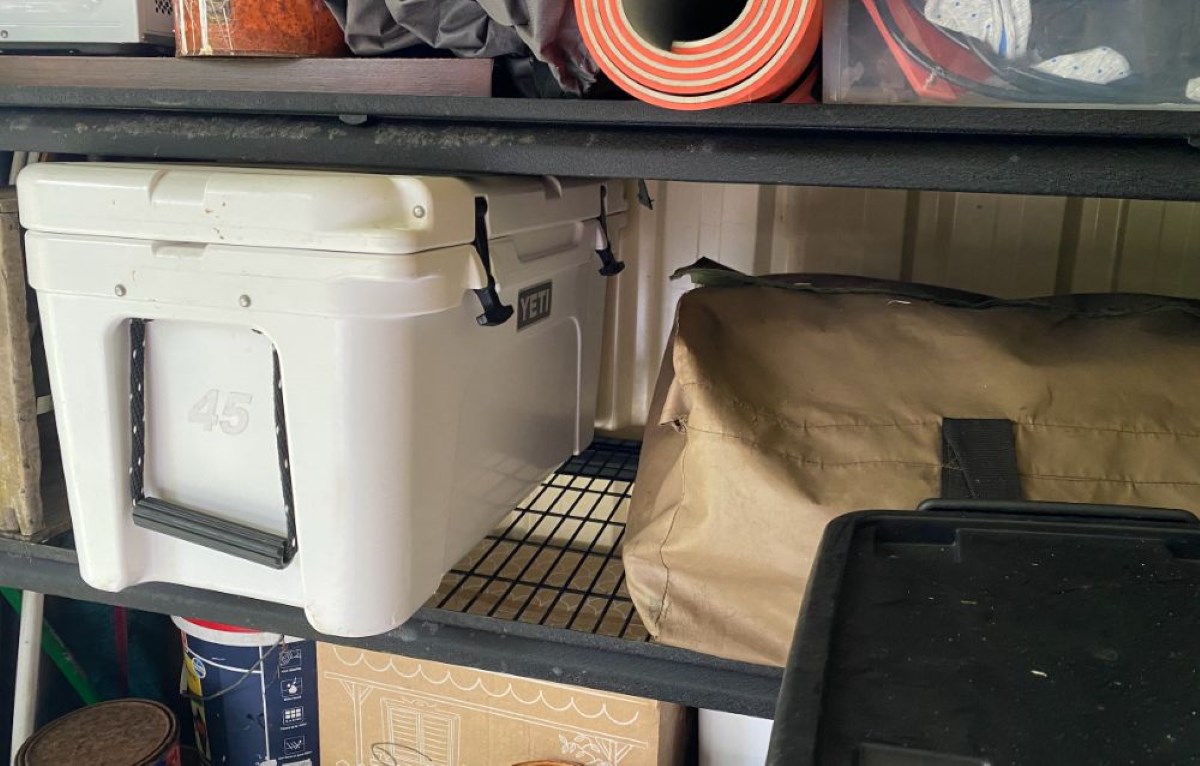

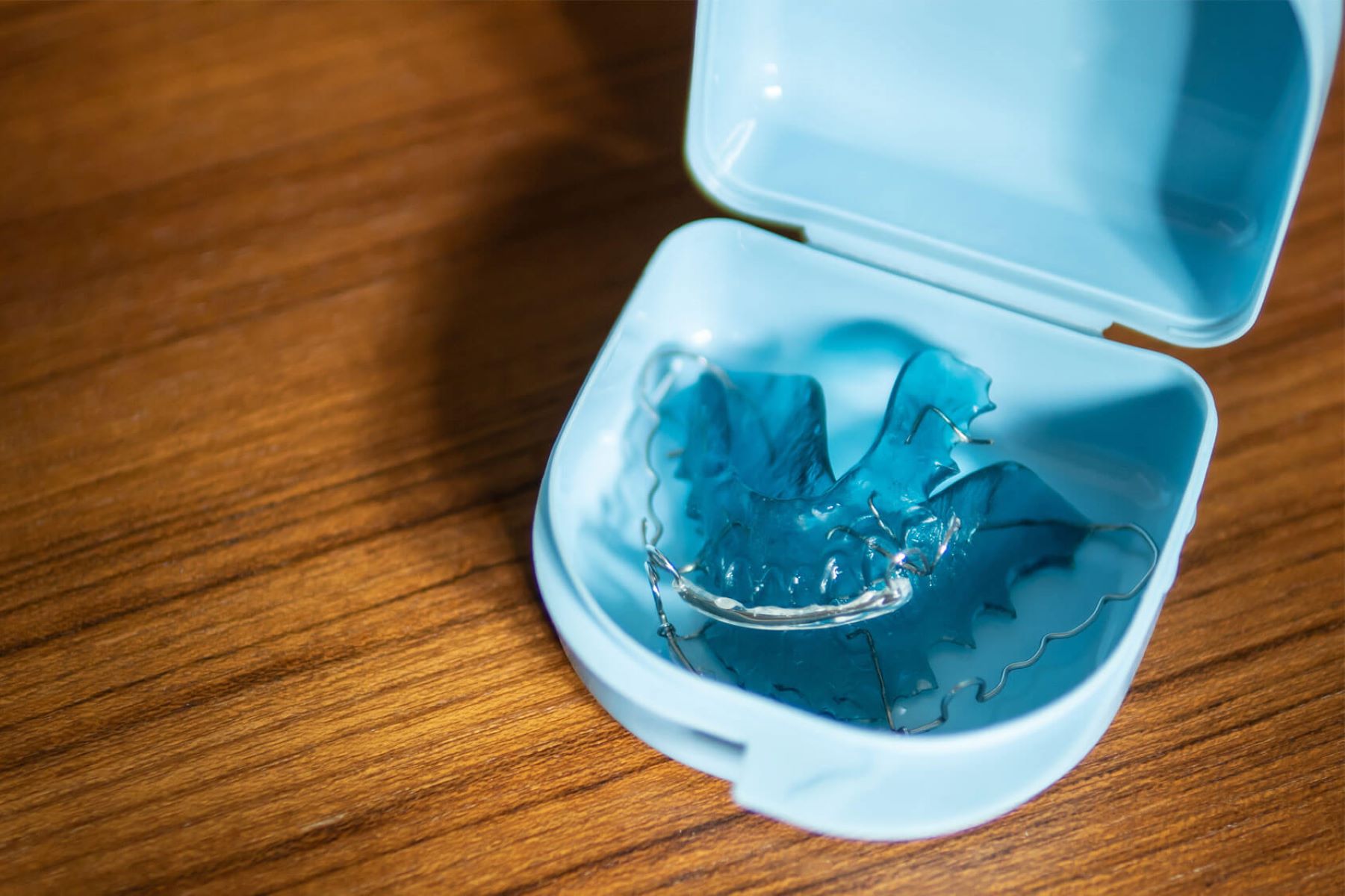
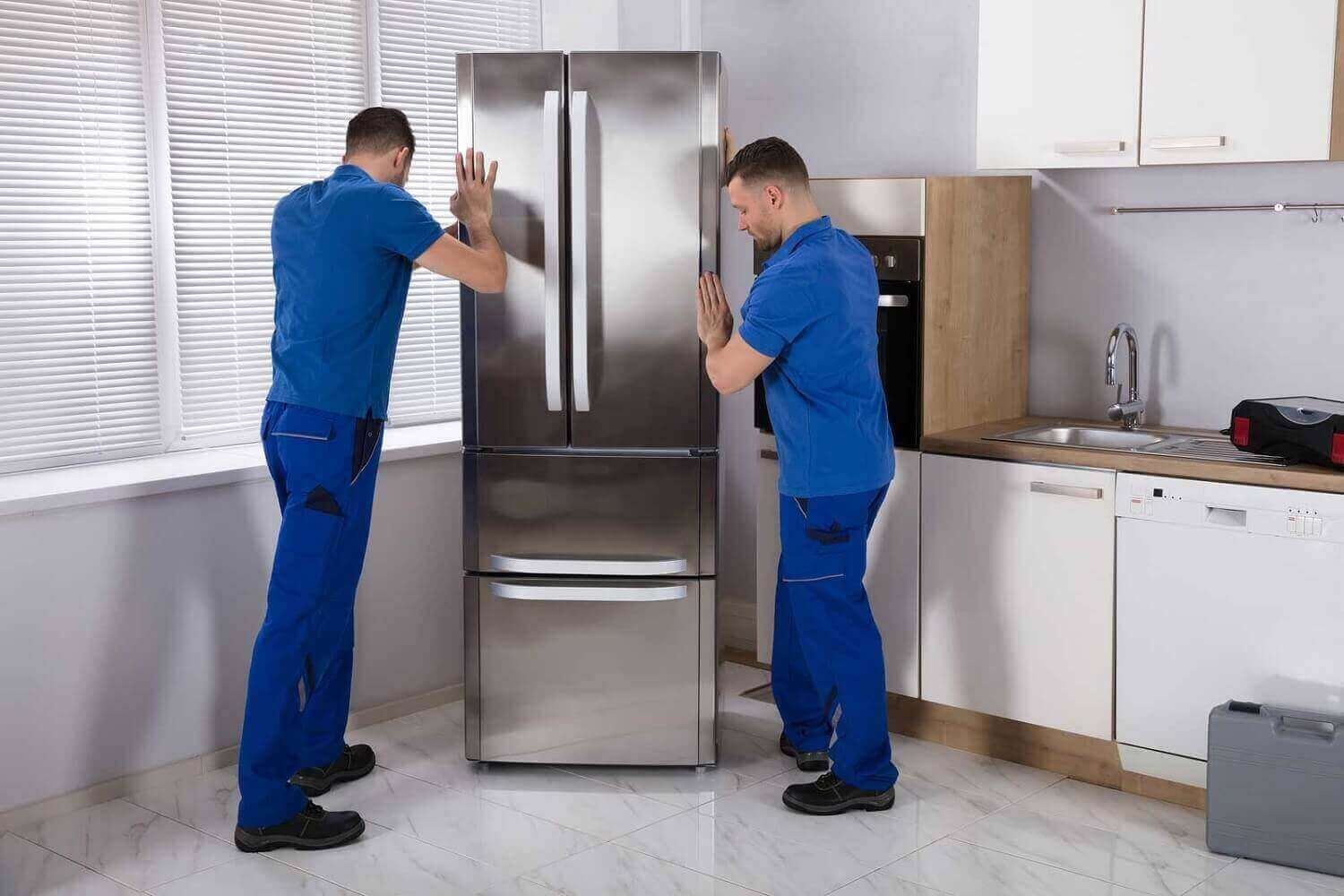
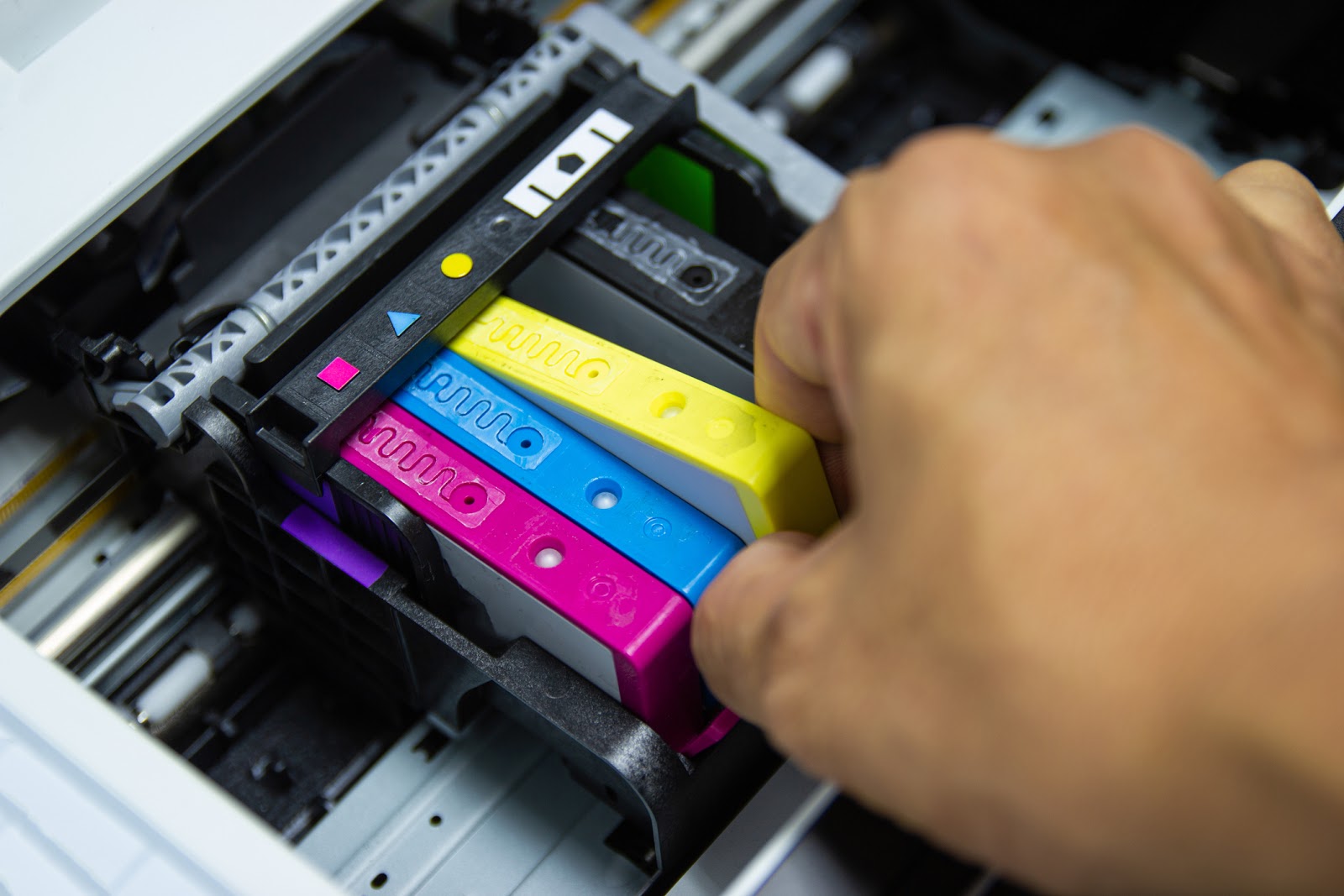
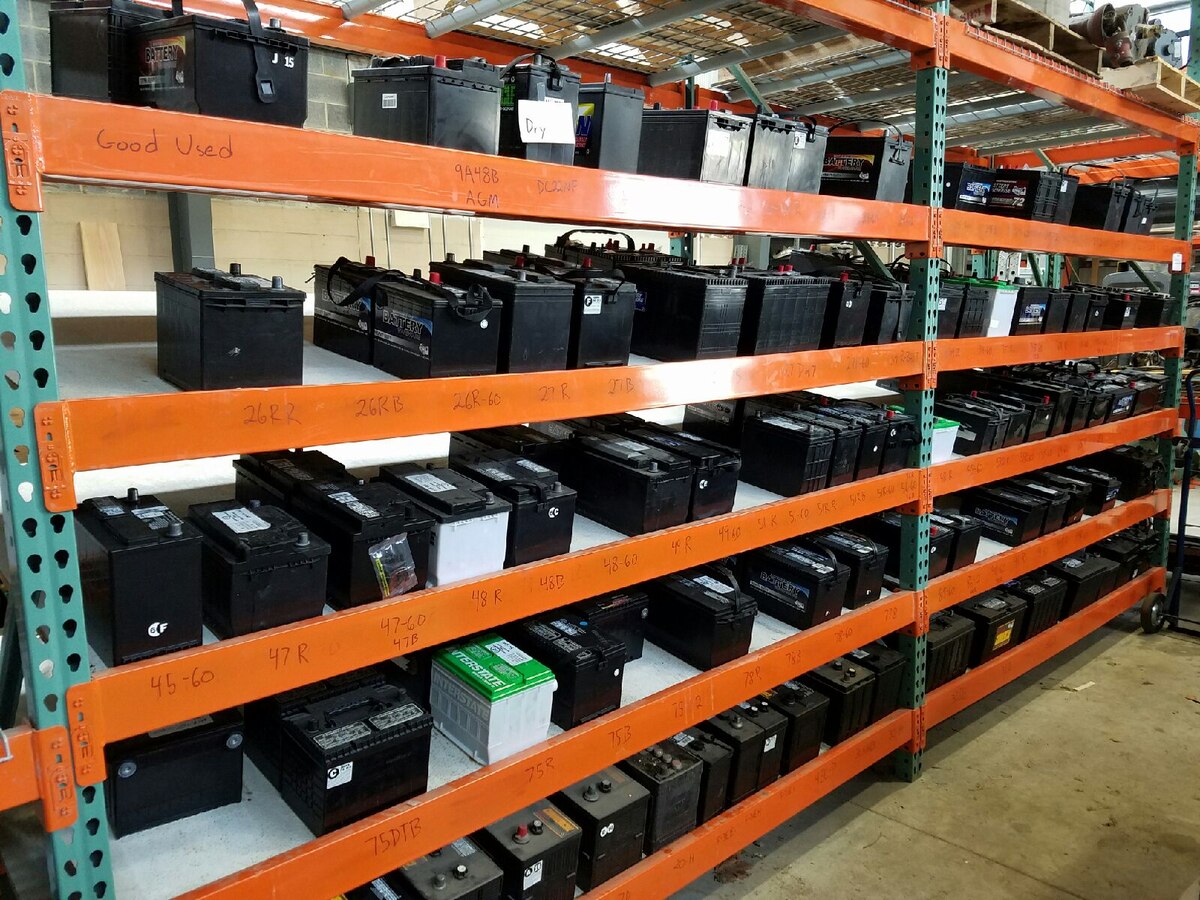
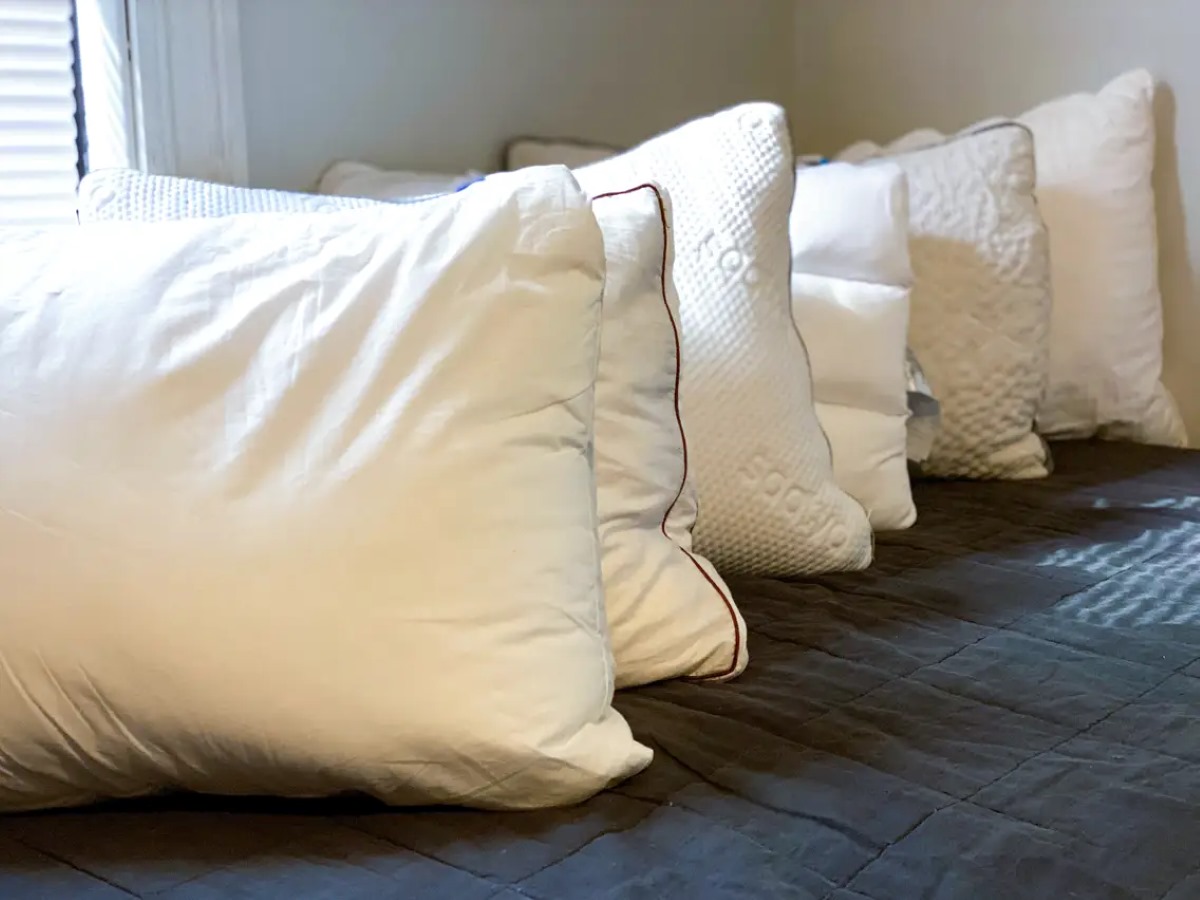

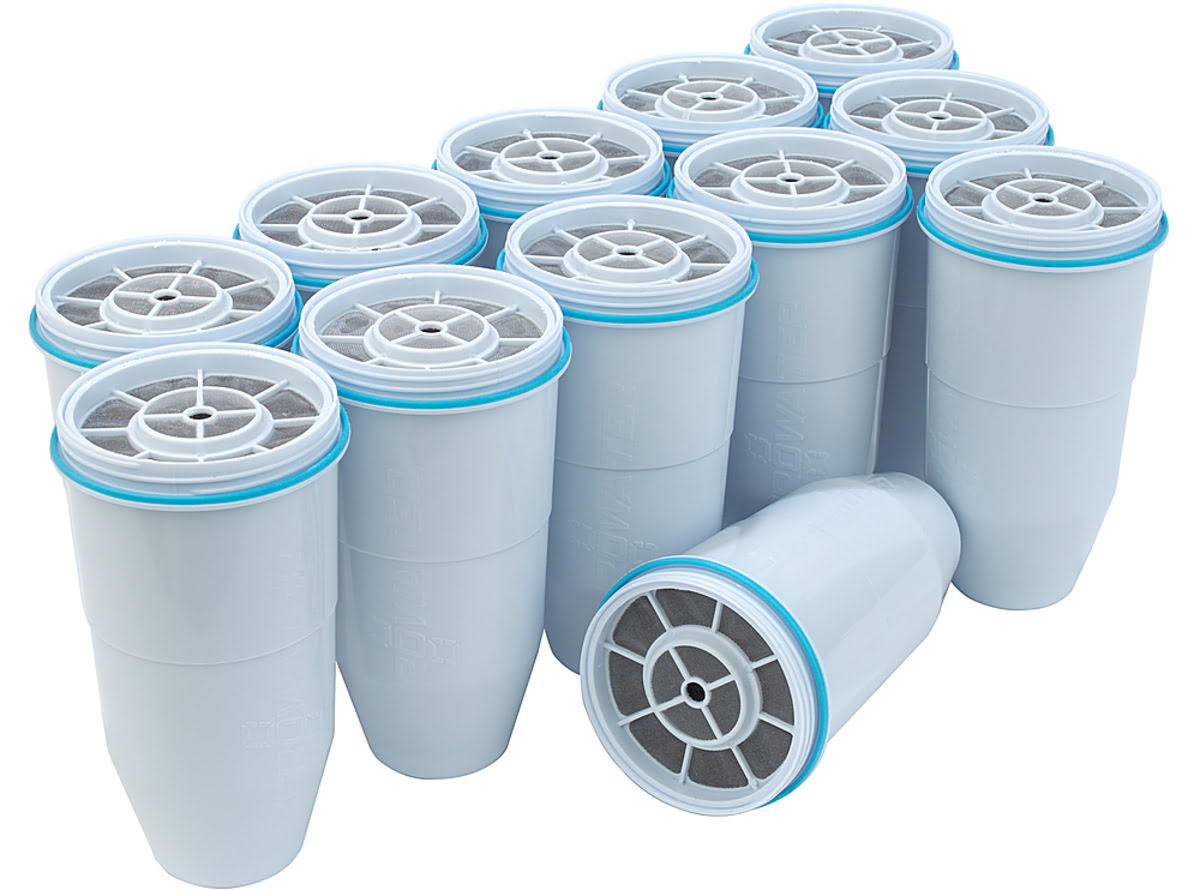

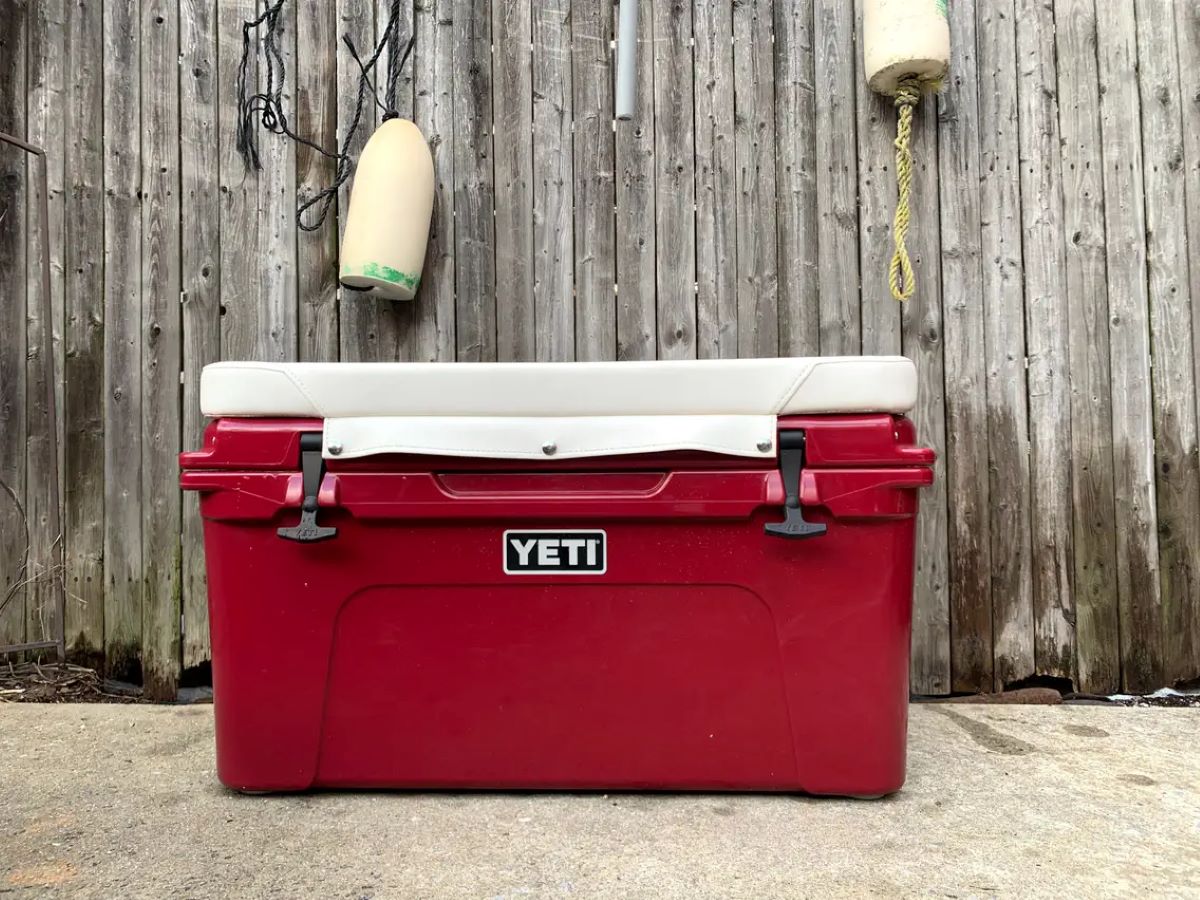
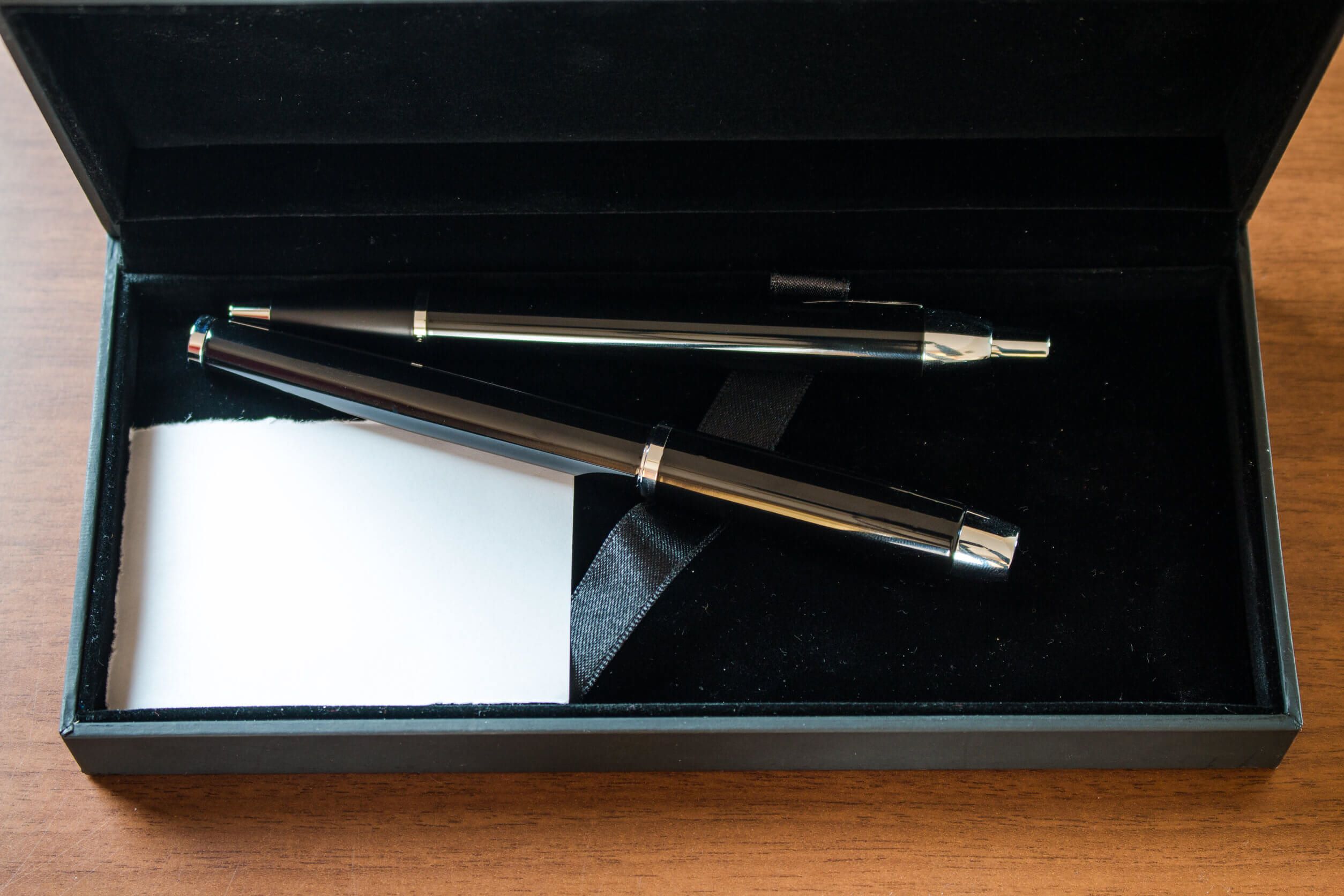

0 thoughts on “How To Store Cpap Mask When Not In Use”